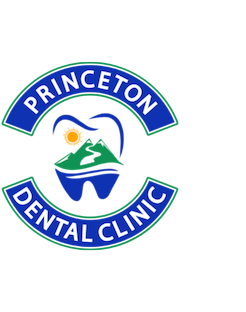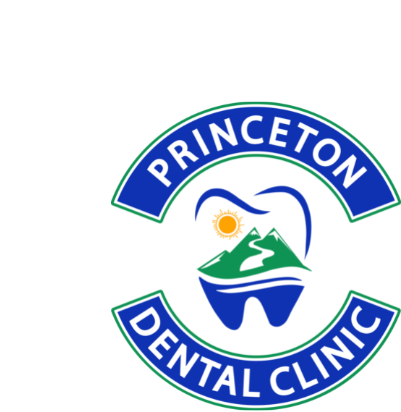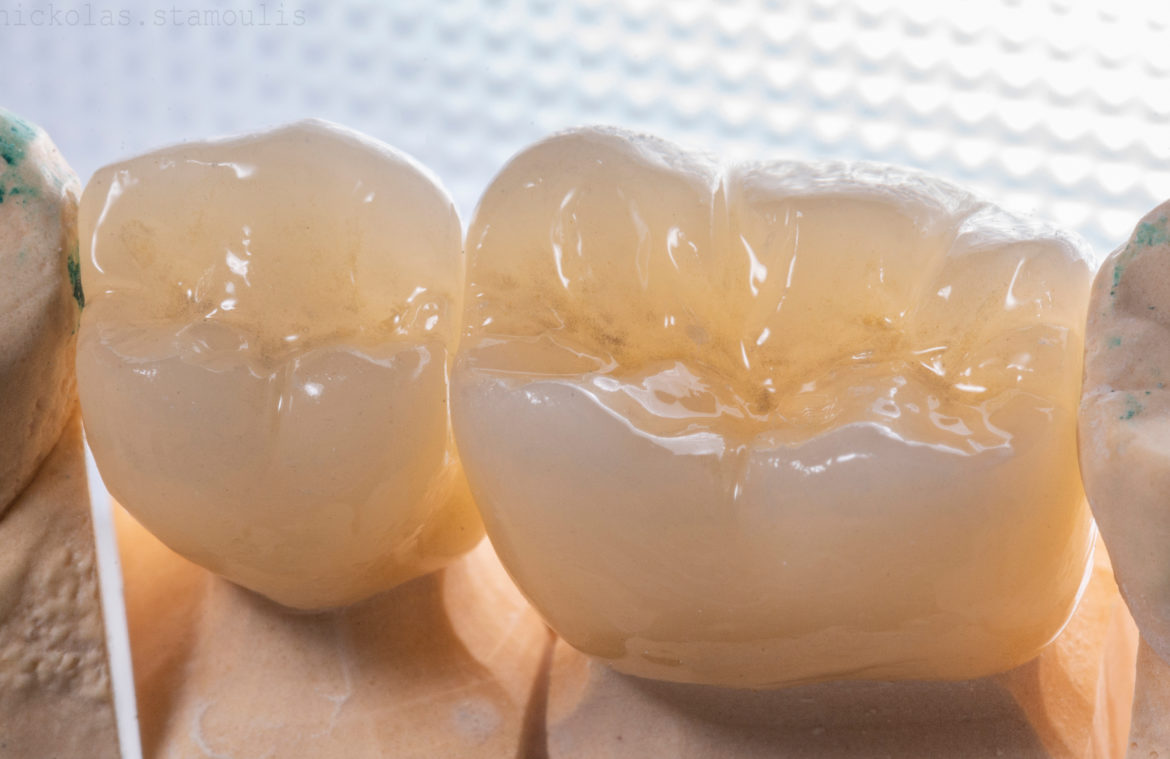
Crowns and Bridges
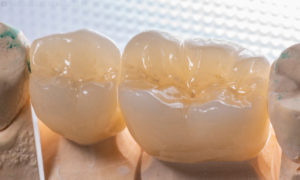
A Crown refers to a prosthetic treatment of a tooth that is heavily broken down or worn. If a tooth has had multiple large cavities or suffered damage over time resulting in a crack the tooth may require a special type of restoration called a Crown. When a tooth receives a crown the tooth is prepared or cut-down so that a “Cap” or lab fabricated prosthetic tooth can be cemented onto this prepared tooth.
Crowns are typically prescribed or recommended when a tooth is at risk for a fracture that may render the tooth unrestorable and necessitate extraction. The dentist will often recommend a crown when they feel that the tooth is at risk for fracture. Crowns are also indicated for other reasons, for example if they are being used to retain a partial denture, or if the patient’s bite requires loading of molars to prevent further wear or attrition to their dentition.
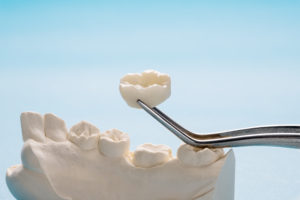 Crown materials have changed over the past few decades. Many years ago the Porcelain Fused to Metal crown was the “Work-Horse” of dentistry, however over the past 2 decades Zirconia has become a more popular choice for posterior tooth restoration. Crown material selection depends on many factors. If Cosmetic Dentistry is being performed and esthetics are of primary importance over longevity Lithium Disilicate (EMax) is the most esthetic option for Anterior Veneers or Crowns. Some patients prefer the esthetics of Gold crowns. While Gold crowns were often used to treat large posterior teeth, recent cultural movements have made Gold Crowns on anterior (Front) teeth more popular.
Crown materials have changed over the past few decades. Many years ago the Porcelain Fused to Metal crown was the “Work-Horse” of dentistry, however over the past 2 decades Zirconia has become a more popular choice for posterior tooth restoration. Crown material selection depends on many factors. If Cosmetic Dentistry is being performed and esthetics are of primary importance over longevity Lithium Disilicate (EMax) is the most esthetic option for Anterior Veneers or Crowns. Some patients prefer the esthetics of Gold crowns. While Gold crowns were often used to treat large posterior teeth, recent cultural movements have made Gold Crowns on anterior (Front) teeth more popular.
After a root canal procedure the tooth structure is often weakened, either due to the pre-existing cavity, fracture or crack that led to the root canal or due to the actual process of completing the root canal. Often a crown is indicated after a tooth has had root canal therapy. This is another reason that a Dentist may recommend a crown for your tooth.
As with any dental procedure risks and potential complications exist when completing a crown prep for a tooth. It is up to you and the dentist to decide if a crown is the best option for your tooth/teeth, which material is most suitable, and whether the benefits outweigh the risks in each particular dental situation.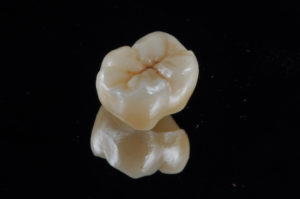
In dentistry we are often balancing multiple variables when deciding how to treat a tooth/or teeth. Often times material selection is picked for strength and longevity over esthetics. In some cases cost is also a factor in a patients decision as to which material they would like used in their mouth. Gold for example has become a more costly method of restoring a tooth. Cosmetic dentistry puts the aesthetics as the primary goal of the treatment outcome. Dentistry has many options available as restorative materials. When we are placing esthetics as the primary objective we may select a material that may not be as strong in the interest of achieving the best esthetic outcome.
